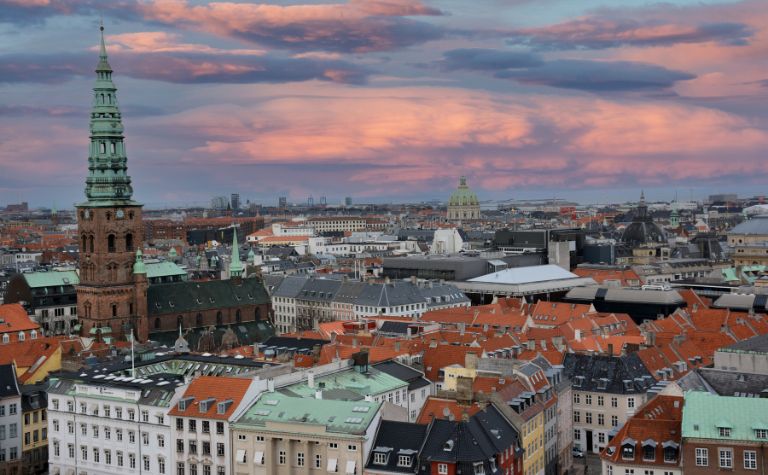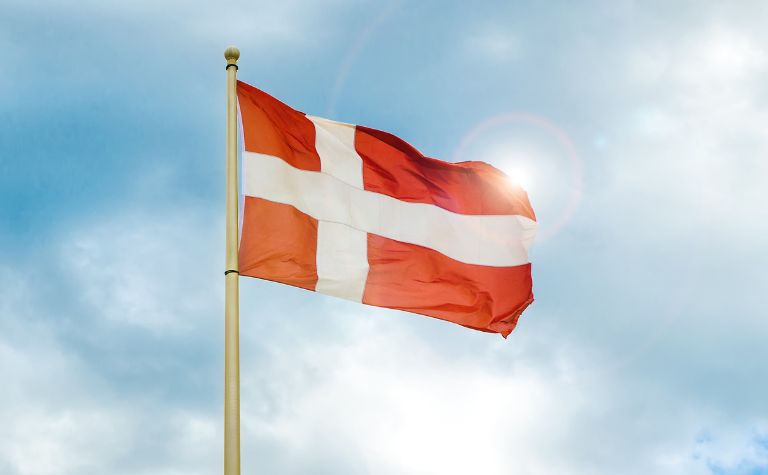Like other Nordic countries, Denmark offers high salaries and excellent quality of life for its residents, making it a popular location for immigrants.
However, Denmark is also expensive, considering the high taxation levied on all residents in the country.
It costs anywhere between $2,000 to $2,700 every month to live in Denmark, including rent, meals, utilities, and transportation.
The primary expenses for individuals living in Denmark include rent and groceries, but utilities also contribute to the high living expenses in the country.
Denmark is more reasonable compared to countries like Iceland and Norway regarding the cost of living, and the cost of living is less than in New York City. [1]
Nevertheless, Danish cities are among the most expensive European cities to live in, and food can be costly if it is not budgeted for diligently.
Also, see What Is There To Do In Denmark? to learn more.

What Is the Average Rent in Denmark?
Rents in Denmark have been on the rise and are expected to continue increasing. The actual numbers vary from region to region, depending on the relative popularity of the area.
Copenhagen, Odense, and Aalborg are all popular and expensive cities compared to regions like Langeland. [2]
The average rent in Denmark is usually between $1,140 to $2,220 per month, not including utilities.
Utilities can be up to $120 per month and are separate from rent.
Deposits can go up to three months’ rent, and usually, tenants are expected to pay the first three months’ rent in advance.
Renting in Denmark is difficult because of a lack of availability. Interested individuals may go through independent landlords or housing associations.
The associations have a long waiting list for tenants, especially foreign ones since they cover a lot of flats and cheaper accommodations. [3]
Subletting is fairly common in Denmark, and most people who first move there start with short-term contracts in a sublet accommodation as they finalize a place to rent long-term.
The cost of rent depends on the following:
- the size of the place
- its location
- when the property was built
Landlords are responsible for ensuring that all technical installations are functional before renting, and tenants are expected to pay for the utilities separately.
As living in the heart of the city can be expensive, most people prefer to live a little further out, which is possible thanks to the well-developed public transportation in the country.
Danes also cycle a lot, and cycles are easier and cheaper to maintain than cars.
The best way to find an apartment to rent in Denmark is by using rental websites and private housing companies.
While social housing associations do exist, they usually have long waiting lists, and people have to pay a fee to be put on it.
Also, see What Is Denmark Known For? to learn more.

What Is the Average Price of a House in Denmark?
The high demand and limited availability of houses in popular cities like Copenhagen and Odense have contributed to a consistent increase in prices.
Prices have recently increased by as much as 21% in the cities, but housing prices in rural areas are stagnant. [4]
The average price of a house in Denmark is between $149,000 to $750,000, depending on where the house is located and how big it is.
A 1500 sq. feet (140 sq. mtrs.) apartment in less popular regions or rural areas may cost $363,403 on average, but the cost may be double that in Copenhagen.
The Danish government is encouraging landlords to invest in newer properties to improve the availability of houses in the market.
However, the high demand has led to a housing bubble that is expected to remain steady even if it doesn’t grow any further.
The rules for homeownership in Denmark indicate that individuals must be residents for a minimum of five years before they can be eligible to purchase a house in the country.
People who don’t meet this requirement must obtain permission from the Department of Civil Affairs so they can purchase the property. [5]
To actually purchase property, individuals must get approved for a mortgage. People are allowed to finance up to 80% of their property purchase with a mortgage.
Non-Danish citizens of EU/EEA countries must finance 5% of the purchase with their savings, whereas Non-Danish citizens of other countries must pay about 10-20% of the amount from their savings. [6]
Cheaper apartments tend to be snatched up, so individuals must have all their documents in order and be willing to make decisions very quickly.
It is also important to be aware of the different kinds of homeownership in Denmark.
Individual and cooperative ownership exists. Cooperative ownership means a lower asking price.
However, it also means that homeowners cannot rent out their property and have to pay high maintenance costs.
Also, see What Is the Golden Circle in Iceland? to learn more.

Does Denmark Have Free Healthcare?
Denmark has universal healthcare for all its citizens, which is funded by the high taxes imposed on the incomes and purchases of the residents.
A private healthcare system does exist, but most people prefer the public system, which has a reasonably wide coverage.
Denmark has mostly free healthcare, where citizens are eligible to access a majority of services free of charge.
Some medications and treatments like fertility, dental care, and non-essential cosmetic surgery require that patients pay out of pocket.
The healthcare in Denmark is of very high quality, and the life expectancy for people in Denmark is about 80 years for men and 82 years for women. [7]
The government is committed to providing free and accessible healthcare to all its citizens. To that end, the Danish government has ensured near 100% coverage for its citizens.
Unlike other public healthcare systems, the Danish public healthcare system offers a great deal of choice to patients and covers everything from testing to follow-up visits with doctors.
Visitors to Denmark typically have to pay full price for any medical services they may require.
However, residents of the country can access the system after they receive their Central Person Register number.
This number is given to EU/EEA nationals and citizens of other countries after 3 to 6 months of residing in Denmark.
Conclusion
Living in Denmark can be expensive since rent and groceries are expensive, but those costs are offset by the free healthcare accessible to all residents.
Also, see Why Do Danes Celebrate Christmas on December 24? to learn more.
References:
[1] Source
[2] Source
[3] Source
[4] Source
[5] Source
[6] Source
[7] Source
